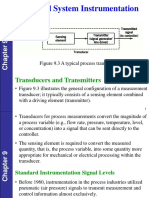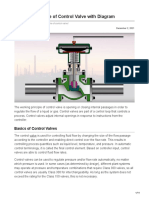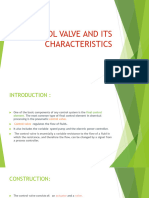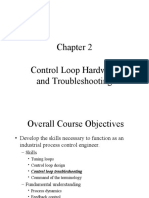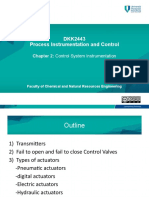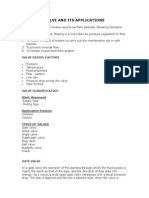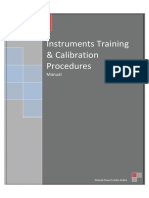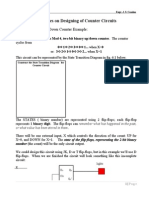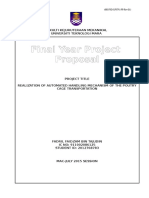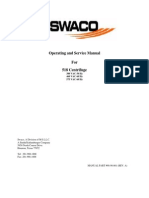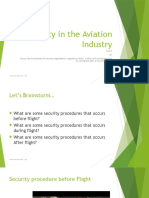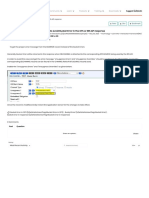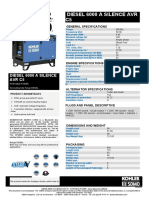0% found this document useful (0 votes)
262 views35 pagesLecture 8 - Control Valves
The document discusses control valves, which are the final control elements in process control systems. It describes the main components of a control valve, including the valve body, trim, actuator, and accessories like positioners. It explains different types of valve bodies and actuators. The document also covers flow coefficients, valve flow characteristics like linear and equal percentage, and potential problems with control valves. Selection of the proper control valve is important for automatic process control applications.
Uploaded by
Mohamed SalaheldinCopyright
© © All Rights Reserved
We take content rights seriously. If you suspect this is your content, claim it here.
Available Formats
Download as PDF, TXT or read online on Scribd
0% found this document useful (0 votes)
262 views35 pagesLecture 8 - Control Valves
The document discusses control valves, which are the final control elements in process control systems. It describes the main components of a control valve, including the valve body, trim, actuator, and accessories like positioners. It explains different types of valve bodies and actuators. The document also covers flow coefficients, valve flow characteristics like linear and equal percentage, and potential problems with control valves. Selection of the proper control valve is important for automatic process control applications.
Uploaded by
Mohamed SalaheldinCopyright
© © All Rights Reserved
We take content rights seriously. If you suspect this is your content, claim it here.
Available Formats
Download as PDF, TXT or read online on Scribd
/ 35

















